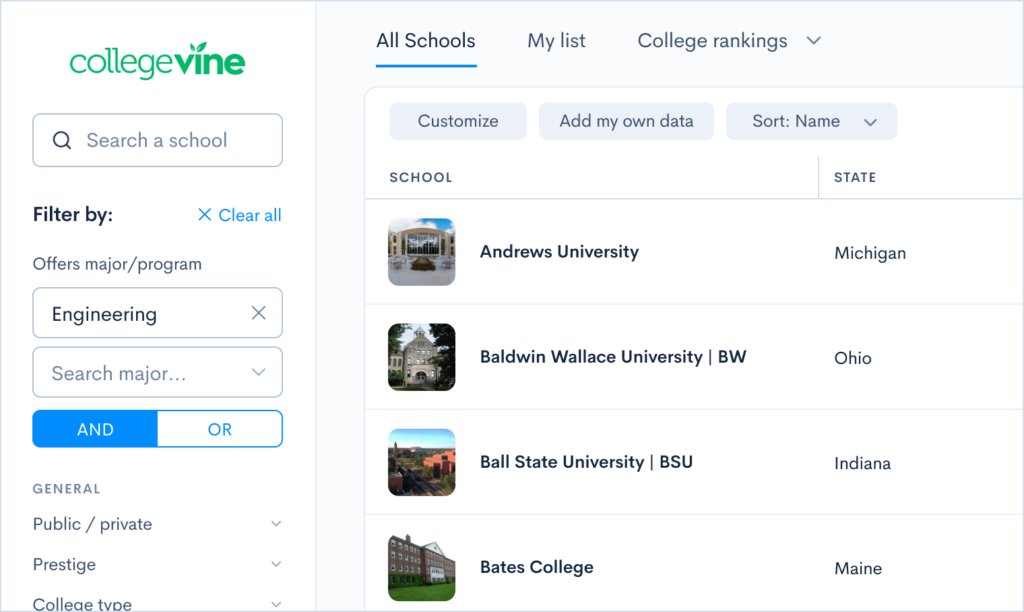What is the CLT Test? Should You Take it?
What’s Covered:
An alternative in standardized testing for college admissions has emerged—the Classic Learning Test (CLT)—joining stalwarts such as the SAT and ACT. Does it have what it takes to unseat the incumbent exams, and is it right for your college aspirations?
What is the CLT Test?
Founded in 2015, the CLT was launched by a former college counselor as an alternative to the SAT and ACT. One of the CLT’s goals was to address some of the issues commonly attributed to the SAT and ACT, such as bias. That said, the CLT is “far from value-neutral: it challenges test-takers to think critically about our intellectual tradition, and to engage with it morally and ethically.”
According to Inside Higher Ed, interest in the CLT is growing—a little over 1,000 students took the exam in its inaugural year, and that number jumped to about 21,000 students in 2018, its third year. In 2020 during the lockdown, the CLT experienced explosive growth due to its remote proctoring which made standardized testing available and safe. With the return to in-person testing, the CLT is still a popular choice because of the accessibility of remote proctoring. Nonetheless, the CLT is still a long way from threatening giants like the SAT or ACT for dominance in college admissions; the SAT and ACT both had about two million students sit for them. Over 200 colleges in the U.S. currently accept the CLT—many of them small, religious, and private universities—a far cry from the near-universal acceptance of the SAT and ACT.
Overview of the CLT Exam
The CLT test is designed to assess 11th and 12th graders and is composed of three sections, each containing 40 questions, plus an optional essay. The three test sections are:
- Verbal Reasoning: tests textual comprehension and analysis skills
- Grammar/Writing: appraises textual editing and improvement skills
- Quantitative Reasoning: assesses logic and math skills
Although each of the three sections of the CLT features 40 questions, how they’re dispersed varies by section. The CLT provides 3 free practice tests upon setting up an account for students interested in seeing what the exam looks like or who want firsthand experience taking the test.
Breakdown of the verbal reasoning section of the CLT:
|
Skill Tested |
Number of Questions |
Type of Questions and Number of Them |
|
Comprehension |
27 |
|
|
Analysis |
13 |
|
Breakdown of the grammar/writing section of the CLT:
|
Skill Tested |
Number of Questions |
Type of Questions and Number of Them |
|
Writing |
20 |
|
|
Grammar |
20 |
|
Breakdown of the quantitative reasoning section of the CLT:
|
Skill Tested |
Number of Questions |
Type of Questions and Number of Them |
|
Algebra |
10 |
|
|
Geometry |
14 |
|
|
Mathematical reasoning |
16 |
|
How Does the CLT Differ from the SAT or ACT?
While the CLT is designed to compete with the SAT and ACT, it’s also designed to offer a different experience. Some noticeable differences between the three exams include:
Length: Clocking in at two hours, the CLT is significantly shorter than both the SAT and ACT which are both approximately three hours long, not including their essay sections.
Format: The CLT is an online exam, compared to the SAT, which is paper only, and the ACT, which is online optional. While the online ACT must still be taken in at a testing site with designated devices, CLT test takers can take the test at home on their own device—eliminating any stress or frustration caused by an unfamiliar device in an unfamiliar setting.
Sections: The CLT and SAT share the same number of sections (three) while the ACT has four sections (English, math, reading, and science), not including essays.
Turnaround time: CLT test scores are available within 8 business days after taking the exam. Conversely, it generally takes about two weeks to receive SAT and ACT scores.
Acceptance: Currently, the number of colleges that partner with the CLT (meaning no additional test scores are necessary for admission) is over 200, but with the test-optional changes of late, virtually every college will accept CLT scores. The SAT and ACT, having been around for longer, are also accepted by almost every college.
When are CLT Test Dates?
Another difference between the CLT and the SAT and ACT is testing dates—comparatively, the CLT’s available test dates are more accessible thanks to remote proctoring. The exam is offered in two formats:
- Remotely proctored: the test is administered online on a specific test day with a recommended testing window open for 12 hours
- Partner school: a secondary school partners with CLT and administers the test to its students
You can view upcoming test dates for the CLT here.

What is a Good CLT Score?
The CLT test is scored on a scale ranging from 0 to 120; scores are calculated by the number of correct answers and there is no penalty for answering a question incorrectly (with no guessing penalty, test-takers should answer every question). The CLT allows higher overall scoring than the SAT and ACT—a perfect SAT or ACT score is the equivalent of scoring 114 on the CLT.
The CLT provides a handy chart for comparing their scores against the SAT and ACT on the “comparison” page of their website. We’ve included it below for convenience.

Should You Still Take the SAT or ACT?
The CLT has presented an alternative to the SAT and ACT, but it has not replaced them. The CLT is only accepted at roughly 200 colleges—just a small fraction of the 4,000+ degree-granting institutions in the U.S. Furthermore, most of the schools that accept the CLT are small, private, and religious. If you have aspirations of attending a college that doesn’t fit this description, then sitting for the SAT or ACT is likely in your future.
Though many scholarships use SAT and ACT scores as a factor when determining scholarships, many institutions accept CLT concordance scores (see concordance chart above) upon request.
Because the CLT isn’t aligned with Common Core Standards, it’s popular with students who attended private school, charter school, or were homeschooled.
Which Colleges Are Best For You?
The first step in deciding whether the CLT is right for you is to figure out which colleges you want to apply to. There are thousands of schools in the U.S. though, so how do you start? How do you know which ones you’re most likely to get into?
Our free Admissions Chances Calculator will predict your odds of acceptance at hundreds of colleges, and also match you with best-fit schools based on your preferences. You can filter for factors like location, majors, testing policy, and more.
Give it a try to get a jumpstart on your college search!



